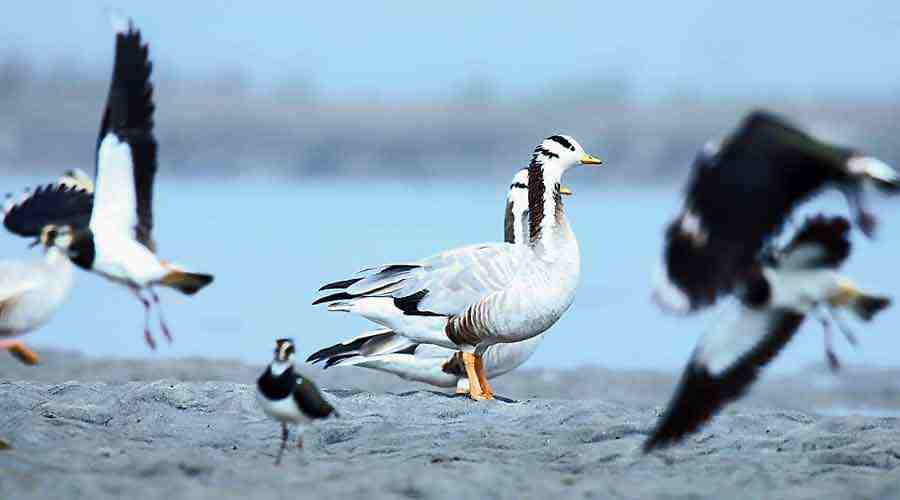The State of the World’s Birds, an annual review of environmental resources, has revealed that 48% of the extant bird species are undergoing population decline. As in most instances of ecological degradation, humanity’s expanding carbon footprint on the natural world and climate change are the principal causes. The study, led by Manchester Metropolitan University, found that overexploitation and loss of natural habitat are the key threats to aviation biodiversity. The importance of birds is underappreciated. Birds are highly visible and sensitive indicators of ecologies. They function as pollinators, seed-dispersers, ecosystem engineers, scavengers and help in pest control too. When bird populations decline, they adversely affect each segment of the ecology that benefits from their activities. For example, when some species of vultures were nearly driven to extinction in India, the population of feral dogs increased, sparking concerns about a rise in rabies. The impending loss of birds thereby signifies a deeper threat to fellow species, including human beings.
Conservation efforts are crucial at this stage, but there are challenges involved. A study estimates that of the total amount of funds required to downgrade the conservation status of all the bird species that are currently threatened according to the International Union for Conservation of Nature’s Red List of Threatened Species, only about 15% is available. Research also shows that people tend to donate more money for the conservation of animals that have human-like qualities or are visually appealing, charismatic or large. Conservation of ‘flagship’ species — tigers, lions, elephants and such — attract greater funds from individuals and corporate donors. Taxonomic bias in conservation is real and must be addressed. It also betrays a shared ignorance of the interdependence of species. Additionally, governments and research groups must prioritize the protection of grasslands and tropical forests and make urban habitat and infrastructure more amenable to avian needs. This will go a long way in mitigating the loss of birds’ habitat in the wild and within human habitations. Targeted captive breeding and the banning of Diclofenac, the drug that caused the mass deaths among vultures, helped the bird evade extinction in India. Similar collective effort — from the government, environmentalists, donors and, crucially, the people — may change the fate of some of the winged creatures.











